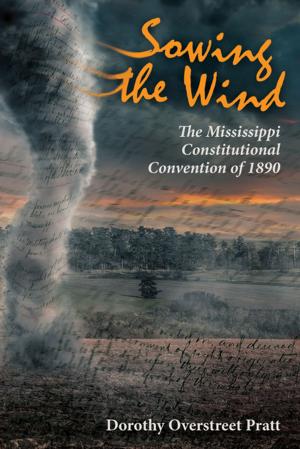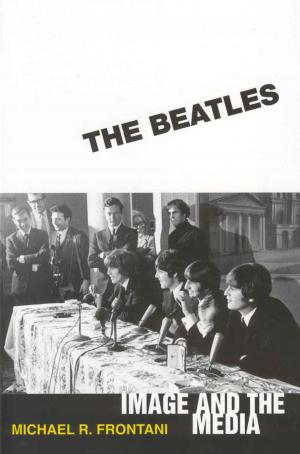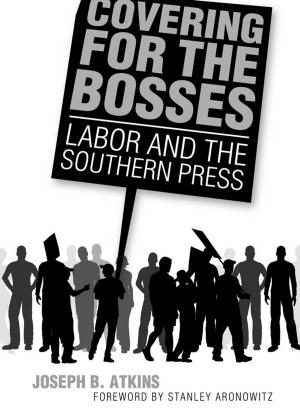Funny Girls
Guffaws, Guts, and Gender in Classic American Comics
Nonfiction, Social & Cultural Studies, Social Science, Gender Studies, Women&, Cultural Studies, Popular Culture, Fiction & Literature, Literary Theory & Criticism| Author: | Michelle Ann Abate | ISBN: | 9781496820754 |
| Publisher: | University Press of Mississippi | Publication: | December 5, 2018 |
| Imprint: | University Press of Mississippi | Language: | English |
| Author: | Michelle Ann Abate |
| ISBN: | 9781496820754 |
| Publisher: | University Press of Mississippi |
| Publication: | December 5, 2018 |
| Imprint: | University Press of Mississippi |
| Language: | English |
For several generations, comics were regarded as a boys’ club—created by, for, and about men and boys. In the twenty-first century, however, comics have seen a rise of female creators, characters, and readers. While this sudden presence of women and girls in comics is being regarded as new and noteworthy, the observation is not true for the genre’s entire history.
Throughout the first half of the twentieth century, the medium was enjoyed equally by both sexes, and girls were the protagonists of some of the earliest, most successful, and most influential comics. In Funny Girls: Guffaws, Guts, and Gender in Classic American Comics, Michelle Ann Abate examines the important but long-overlooked cadre of young female protagonists in US comics during the first half of the twentieth century. She treats characters ranging from Little Orphan Annie and Nancy to Little Lulu, Little Audrey of the Harvey Girls, and Li’l Tomboy—a group that collectively forms a tradition of Funny Girls in American comics.
Abate demonstrates the massive popularity these Funny Girls enjoyed, revealing their unexplored narrative richness, aesthetic complexity, and critical possibility. Much of the humor in these comics arose from questioning gender roles, challenging social manners, and defying the status quo. Further, they embodied powerful points of collection about both the construction and intersection of race, class, gender, and age, as well as popular perceptions about children, representations of girlhood, and changing attitudes regarding youth. Finally, but just as importantly, these strips shed light on another major phenomenon within comics: branding, licensing, and merchandising. Collectively, these comics did far more than provide amusement—they were serious agents for cultural commentary and sociopolitical change.
For several generations, comics were regarded as a boys’ club—created by, for, and about men and boys. In the twenty-first century, however, comics have seen a rise of female creators, characters, and readers. While this sudden presence of women and girls in comics is being regarded as new and noteworthy, the observation is not true for the genre’s entire history.
Throughout the first half of the twentieth century, the medium was enjoyed equally by both sexes, and girls were the protagonists of some of the earliest, most successful, and most influential comics. In Funny Girls: Guffaws, Guts, and Gender in Classic American Comics, Michelle Ann Abate examines the important but long-overlooked cadre of young female protagonists in US comics during the first half of the twentieth century. She treats characters ranging from Little Orphan Annie and Nancy to Little Lulu, Little Audrey of the Harvey Girls, and Li’l Tomboy—a group that collectively forms a tradition of Funny Girls in American comics.
Abate demonstrates the massive popularity these Funny Girls enjoyed, revealing their unexplored narrative richness, aesthetic complexity, and critical possibility. Much of the humor in these comics arose from questioning gender roles, challenging social manners, and defying the status quo. Further, they embodied powerful points of collection about both the construction and intersection of race, class, gender, and age, as well as popular perceptions about children, representations of girlhood, and changing attitudes regarding youth. Finally, but just as importantly, these strips shed light on another major phenomenon within comics: branding, licensing, and merchandising. Collectively, these comics did far more than provide amusement—they were serious agents for cultural commentary and sociopolitical change.















